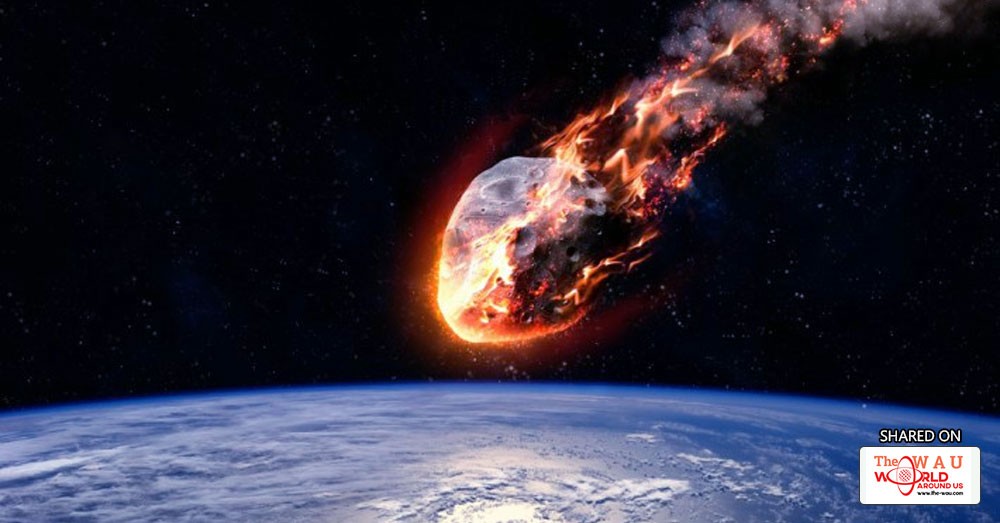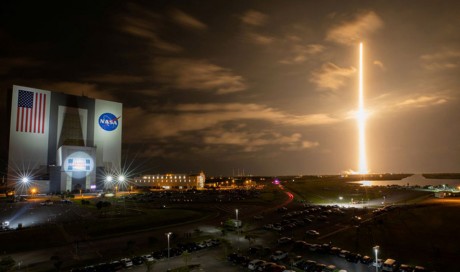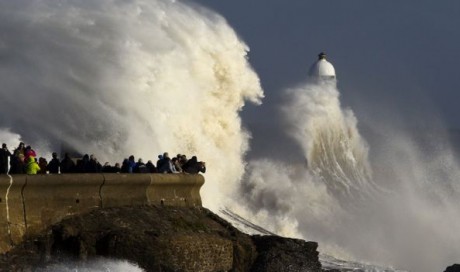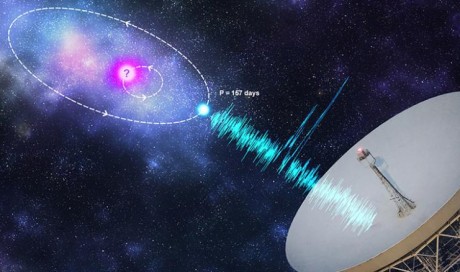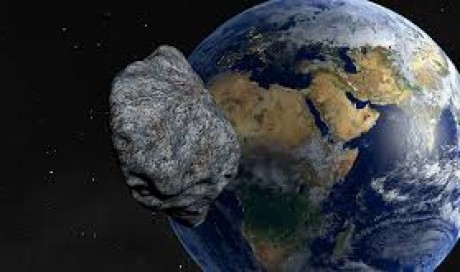Asteroids have always been a threat to Earth. In fact, our planet has been hit before. There are still massive craters caused by asteroid strikes in many countries including the United States, Canada, South Africa, and Russia.

Those strikes would have been catastrophic to human life, but because they happened literally millions of years ago, no one alive today seems too concerned about another one. However, some people say we’re now overdue.

Well would you look at that! Currently, there is a large asteroid called 3200 Phaethon passing very, very close to Earth. It is approximately five kilometers (or 3.1 miles), wide and has been labeled by NASA as “potentially hazardous”.

This is the third largest asteroid recorded to come this close to Earth, and is the closest potentially hazardous asteroid to our blue planet since 1974!
Of course, the key here is the word “potentially”, as scientists do not expect this asteroid to be hazardous at all. In fact, it is expected to clear the Earth Saturday night by 6.4 million miles. Sure seems like something that far away should be labeled something less frightening, doesn’t it?
So why all the excitement? Well, NASA actually discovered this asteroid way back in 1983, and now that it’s come so close to Earth, there are high hopes of studying Phaethon and making a 3D model.
NASA wrote in a statement:
“Phaethon will approach within 0.069 au of Earth on 2017 December 16 when it will be a strong radar imaging target at Goldstone and Arecibo.”

“This will be the best opportunity to date for radar observations of this asteroid and we hope to obtain detailed images with resolutions as fine as 75 m/pixel at Goldstone and 15 m/pixel at Arecibo. The images should be excellent for obtaining a detailed 3D model.”
In fact, it’s actually not that uncommon for asteroids to pass by Earth, they are just usually a lot smaller. Dozens of asteroids have come within one lunar distance of Earth in the past year alone.

An asteroid about the size of a car actually hits the Earth’s atmosphere approximately once a year but burns up before making an impact. Any large enough to cause armageddon are much rarer, occurring only once every 1000 centuries.
A 20-meter wide asteroid actually entered Earth’s atmosphere and broke up over Russia in 2013. The smaller space chunk of rock and ice was classified as a meteor, but still caused quite a bit of damage.

There were over 1500 non-direct injuries from the meteor, with many witnesses reporting sunburns from the fireball. Over 7000 buildings were damaged, windows shattered, and a factory roof collapsed.

Despite the fact that planet Earth is not in any immediate danger from asteroids, Russia has decided to declare war on them. The Russian Space Agency has partnered with the Russian Academy of Sciences on a project to destroy any asteroids that may become a threat.
It’s starting to sound a little like a Bruce Willis movie, isn’t it?
For those of us who are curious and would like to observe the asteroid for ourselves, amateur astronomers can use a small telescope to view the asteroid as it passes by tonight. Just be sure to try and get away from as much light pollution as possible for the best views.
You Must Know About This : NASA Find Solar System Exactly Like Our Own
Share This Post

